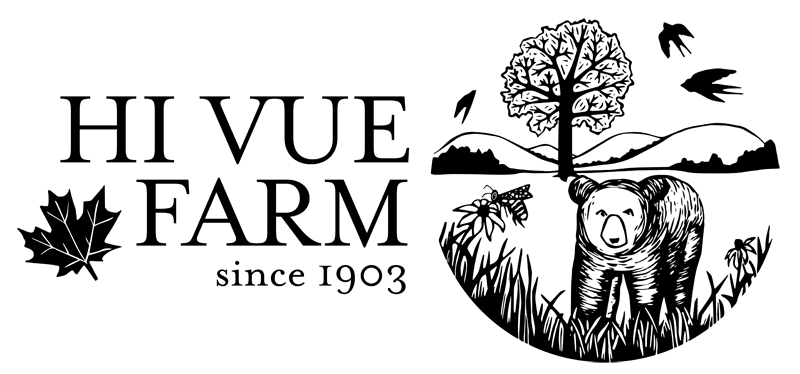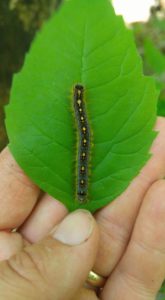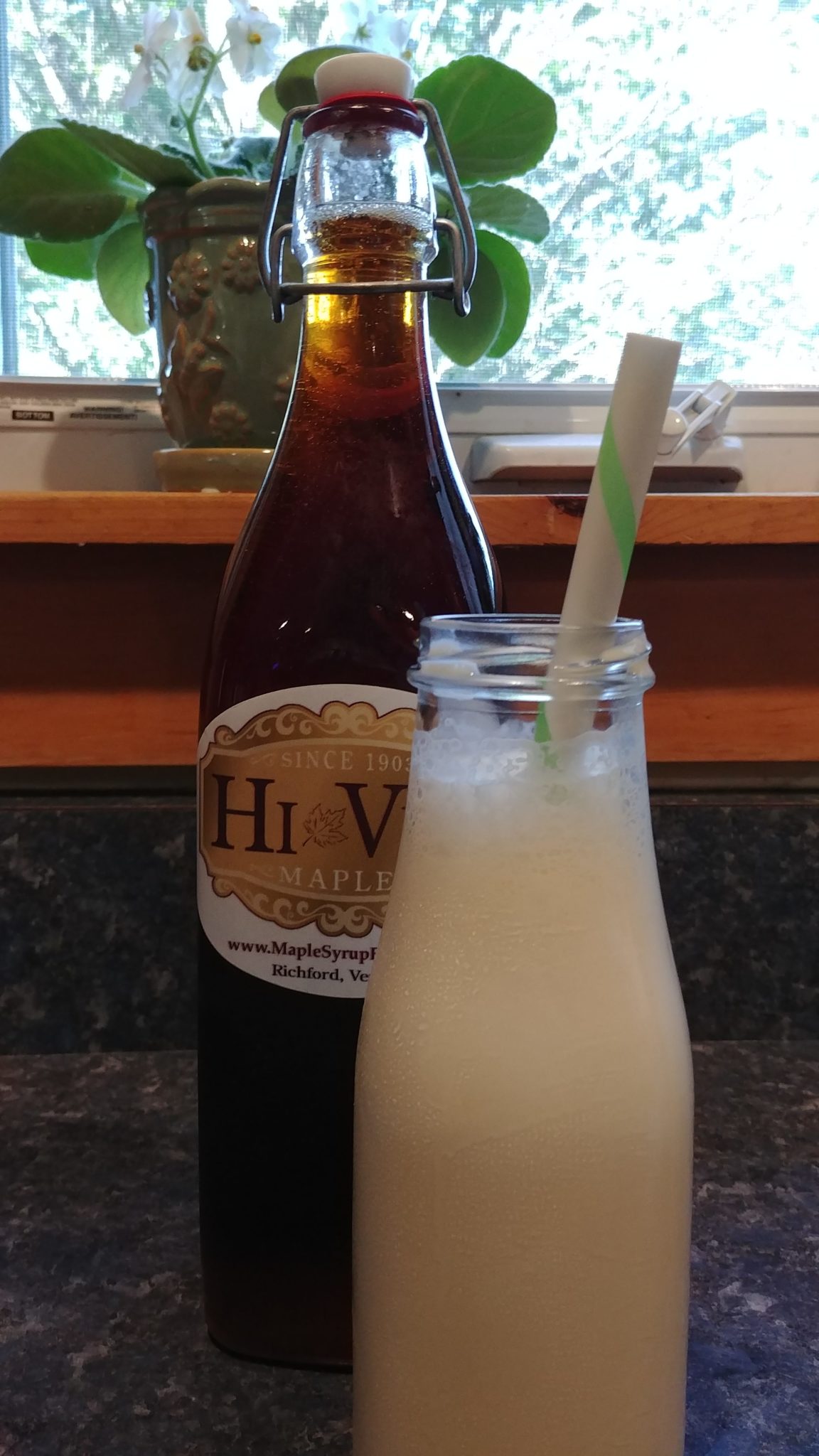It’s that time of year again – we all have lots of good intentions but within a couple of months we slide back into old habits. I am as guilty as the next person. I’ve always been someone that loves lists – long term, seasonal, weekly, daily. Sometimes they worked mostly they made me frustrated.
As I think about the changes I want to make this year, I am also reflecting on what my goals were last year and how I did on those. Running – yeah not so much this year, which is frustrating so I am setting up new running goals this year. My big ambition is to do a 10 miler – my realistic goal is to do a 10k. That is achievable – 2 years ago after I committed to the Dandelion Run in May. I spent the money on the entry fee and didn’t want to waste my money, therefore I made a habit of running after I finished work and before I came home. I have a love/hate feel for running – hate it while I’m on the 1st and 3rd mile ( they always seem to be the worst). Love it when I’m done and the next several days after because I still feel good. I learned that if I did it before coming home or as soon as I got home it happened. If I came home, checked my email, made a few posts or basically became distracted by the million and one things that always need my attention IT DIDN’T HAPPEN. I let this happen this whole last year. I can see the why now I just need to fix it. We’ll see how my training goes next summer if I make the 10 mile run in the fall.
Of course being me and always trying to put a lot on my plate I can’t just be happy with one thing soooo…….even though I walk a lot a lot at work but it doesn’t count as exercise so I also am “resolving” to add more then just running – I want to try Yoga for the first time, I would like to actually go kayaking more then once this year and I want to go on at least 3 hikes (other then working in my own sugarwoods).
This last year I didn’t have any goals for exercise and I wanted to concentrate on growing my website – this is where I cut myself some slack – I didn’t run much at all this last year and only 1 kayak trip and 2 days of hiking, but I definitely learned a lot about my website, marketing and creating products. Now this year I would like to find a little more balance. A few of my business resolutions include increasing Facebook and Instagram viewers – adding more video to show more of what we do! and bring 3 new products to my market. I have the ideas and recipes I want to use now I just need to finish the ideas with the right packaging and labeling.
The resolutions that I want to make but I know I won’t be as picture perfect as they are in my mind – the vegetable garden without weeds, the box beds moved and overflowing with herbs and flowers and the porch alive with plants! I probably won’t get the porch repainted either.
So there’s my type of resolutions – personal, business and dream world. I have made inprovements over the last year and achieved at least partial success on my 2017 resolutions, now to just keep the momentum going and help it along by adding back in some needed exercise / me time!






